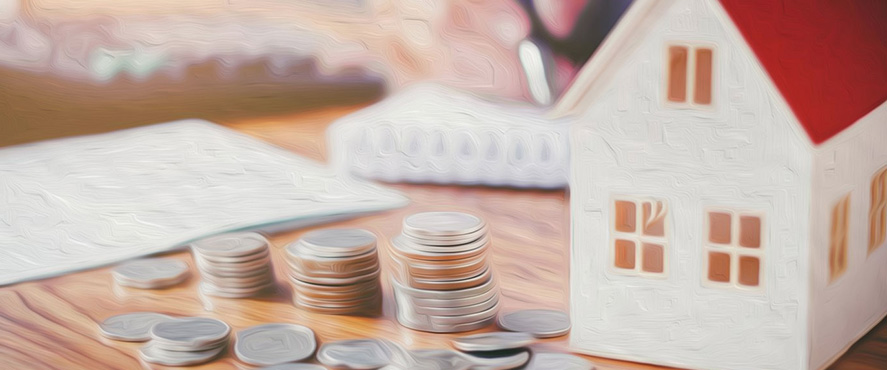
Any Indian citizen, including Non Resident Indians, with a steady source of income can borrow funds for financing the cost of a flat from housing finance companies and banks.
Yes, depending upon the eligibility criteria and policy of the bank.
Loans are generally disbursed between 70%-80% of the cost of the flat. The balance money is to be funded by the flat purchaser from his own contribution. The percentage of loan would vary from bank to bank.
Equated Monthly Installment (“EMI”) is the amount comprising a portion of the interest and the principal loan amount, which is payable by a borrower to the lender every month.
Interest rates vary from time to time and from institution to institution. The interest is calculated either on a daily or monthly reducing or yearly reducing balances.
A fixed-rate housing loan is a loan where the rate of interest is constant through the entire term of the loan period.
A floating interest rate loan is a loan where the interest rate payable is linked to the bank’s internal prime lending rate (PLR) such as the base rate which rises and falls as per banks policy.
Repayment period options range generally from 5 to 20 years. Some of the banks may give loans up to 25 years also.
Processing Fees are payable to the lender on applying for a loan and can either be a fixed amount not linked to the loan or may also be a percentage of the loan amount.
Prepayment Penalty between 1% and 2% of the amount being prepaid is charged by some institutions when a loan is paid back before the end of the agreed duration. Many banks now don’t levy penalty on partial prepayment.
Franking Charges as per prevailing rate of Government Authority.
The flat purchased is the primary security and is mortgaged to the lending institution till the entire loan is repaid. Additional security such as life insurance policies, shares, bonds, fixed deposit receipts, national savings certificates can also be offered, as per the requirements of the institution.
Yes. Many lending companies require 1 guarantor or a co-applicant.
Varies from bank to bank but usually it is 15 – 20 days for a salaried person and 20 – 30 days for a self employed person depending on the applicant’s documents.
Usually loans are disbursed within 10 – 15 days after completion of verification by the institution, documentation (original agreement for sale / lodging receipt) and completion of all relevant procedures. Submission of proof that the borrower’s own contribution has been paid by him to the vendor / builder / developer is also an important aspect.
Yes, but this policy varies from bank to bank.
The standard list of documents required of all loan applicants is as follows:
Photographs
Proof of age
Identity papers
Proof of residence
For salaried individuals:
Latest salary slip
Last 2 years form 16 or equivalent
Bank statements reflecting salary credits for the previous six months
For self-employed individuals:
Certified copies of balance sheet
Profit and loss statement
Tax challans / tax returns for the previous 3 years
For partnership/private limited companies:
The Articles of Association
Partnership deed and details about the firm
For NRIs :
Latest salary certificate specifying, name (as it appears in the passport)
Date of joining
Passport number
Designation
Perquisites and salary
Photocopy of labour card/identity card
Photocopy of valid resident visa stamped on the passport
Photocopy of monthly statement of local bank account
Property related documents
